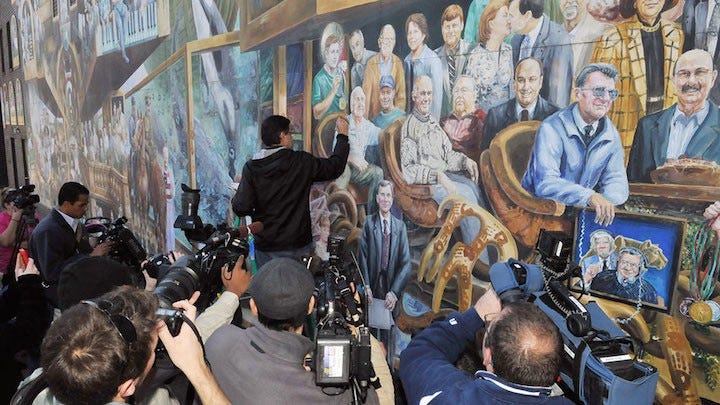Magic and Realism: Reflections From the 2014 True/False Film Fest
By Ben Godar

Coming early in the year and focused on documentaries, the True/False Film Fest provides a glimpse of what’s coming in nonfiction cinema and sometimes a hint of ideas stirring the collective unconscious. Two years ago, The Queen of Versailles led a flood of films reflecting the economic collapse. There was even a year when the festival playe…
Keep reading with a 7-day free trial
Subscribe to Nonfics to keep reading this post and get 7 days of free access to the full post archives.



